Adams Morgan may soon see two new curbside electric vehicle charging stations.
The spots, which will be added on top of two existing zoned parking spots on Mozart Place near Columbia Road, are part of a pilot program being implemented this year by the D.C. Department of Transportation.
Advisory Neighborhood Commission 1C, which represents Adams Morgan, voted in October to provide a letter of support for the installation of the curbside charging stations, according to ANC 1C09 Commissioner Katherine Swanson.
Adams Morgan residents say they are curious to see if these EV curbside charging stations would be successful.
D.C.’s Comprehensive Electric Vehicle Infrastructure Access, Readiness, and Sustainability Amendment Act of 2024 created the Neighborhood Electric Vehicle Charging Pilot Program to increase EV charging access across the District. It became effective in March.
The District has only three public EV charging stations available, and 4% percent of vehicles are electric, according to a statement from DDOT Director Sharon Kershbaum.
It’s Electric, a curbside EV charging company, sent an email to Swanson in early September outlining details of the proposed pilot deployment with the DDOT to install 16 total chargers across the District.
Each of the eight wards will eventually dedicate one location to two charging stations.
The DDOT’s goal is to have the first curbside charging station installed by the end of the year, Kershbaum said.
In Adams Morgan, potential candidates for the pilot program are two spaces currently governed by the Residential Parking Permit Program at 2651 Mozart Place NW near the luxury apartment complex The Silvia, according to the ANC’s email.
It’s Electric Public Affairs Specialist Shannon Dulaney told The Wash that, when the U.S. Department of Transportation froze funds to the National Electric Vehicle Infrastructure (NEVI) program in February, the company had to change its plans.
Dulaney said, “It does add uncertainty and, you know, quite frankly, frustration because all this work that you’ve done to put particular plans in place, and then you have to pivot.”
Despite these setbacks on the federal level, Dulaney said she is confident EV charging initiatives will continue.
How the EV charging stations will work.
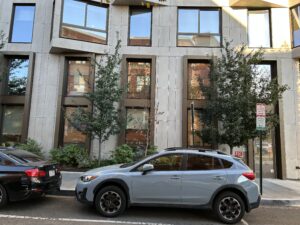
Typically, pilot deployment programs last one-to-two years before a municipality decides to expand or kill the project, said Dulaney.
Since the installation of EV curbside parking stations on Mozart has yet to be finalized, Dulaney said she could answer questions about similar projects but not about the D.C. pilot deployment.
It’s electric would add the EV curbside charging stations to two existing residential parking permit spaces, according to the email sent to Swanson.
In cities undergoing similar pilot deployment programs, residents must have an electric vehicle and a residential parking permit to park in the EV curbside charging stations, according to Dulaney.
There is typically a grace period between the installation of the EV curbside parking stations and enforcement of the policy, said Dulaney. That grace period varies from city to city.
The DDOT did not comment on the grace period in its official statement.
It’s Electric and DDOT partners with buildings that have spare electrical capacity to install an EV charging station, according to Kershbaum.
Spare electrical capacity is available electrical power that a system or building can provide beyond its current load. It’s Electric leases out this spare electricity from the buildings to charge electric vehicles at the EV curbside charging stations.
Dulaney said three different reasons motivate buildings to volunteer themselves for partnership before It’s Electric has to reach out to them individually.
First, sometimes a single/multi-family home wants to work with It’s Electric for selfish reasons: the owners have an electric vehicle but don’t have a nearby place to charge that car, said Dulaney.
She said that other times, a larger property is trying to meet its sustainability goals or serve residents/employees who need EV charging stations to park at the building.
However, the most obvious motivation is that buildings earn 20% of the revenue that the charger generates, according to Dulaney.
“There’s, you know, no real reason for them not to monetize that if they have that opportunity.”
Before It’s Electric and the DDOT can install an EV curbside charging station, they need approval from entities like ANC and Pepco.
“Even though we are taking advantage of existing electricity at the site, we are installing a new meter so that we can pay the utility directly, and so that the property’s electricity bill doesn’t go up,” said Dulaney.
After It’s Electric receives approval from all relevant bodies, it can begin installation. Dulaney said she could not give an estimate as to when It’s Electric and DDOT would begin installing the EV curbside charging stations in Adams Morgan.
EV Curbside Charging Stations Pros and Cons
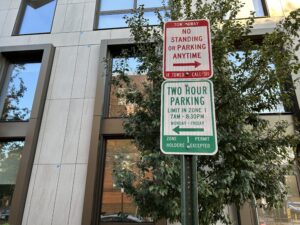
Dulaney said that EV curbside charging stations are beneficial in large metropolitan areas like D.C. because of their infrastructure.
According to Dulaney, in areas like California, residents feel more confident switching to electric vehicles because most people have driveways and garages that can house charging stations.
In contrast, residents living in densely populated northeastern municipalities are hesitant to switch to electric because parking is typically only available on the street and residents often cannot charge an electric vehicle at home, she said.
EV curbside charging stations would help eliminate this problem, according to Dulaney.
Swanson said she predicts residents might raise concerns that they would no longer be able to park at a station that was once a normal residential parking permit spot.
Swanson said she doesn’t see it that way.
“It is, in my eyes, really more like the moving around of a parking space instead of the true elimination of a parking space,” she said.
However, if people don’t like the EV curbside charging stations, or if the spots are always empty, then Swanson said a removal of these stations is “completely doable.”
One neighborhood resident, who wished to remain anonymous due to privacy concerns, said he understands arguments supporting the installation of EV charging stations, as long as the program doesn’t favor the upper class.
“If [the curbside charging stations] only favored more wealthy, higher-income families, I’d say ‘huh, you made it more convenient, but the people who would benefit are the people that are already benefiting in so many other ways,’” the resident said.
Another resident and federal government employee, Natalie Kates, said she doesn’t mind there being fewer residential permit parking spaces for non-EV vehicles.
However, if the stations are used by the same two cars, or if they remain empty, she said she wonders if there would be a better solution.
“The difference between the goal and the reality of implementation is always, for me, where the rubber hits the road,” said Kates.
Correction: The EV curbside charging stations would not replace residential permit parking spots. It’s Electric would add the charging stations to the parking spots.

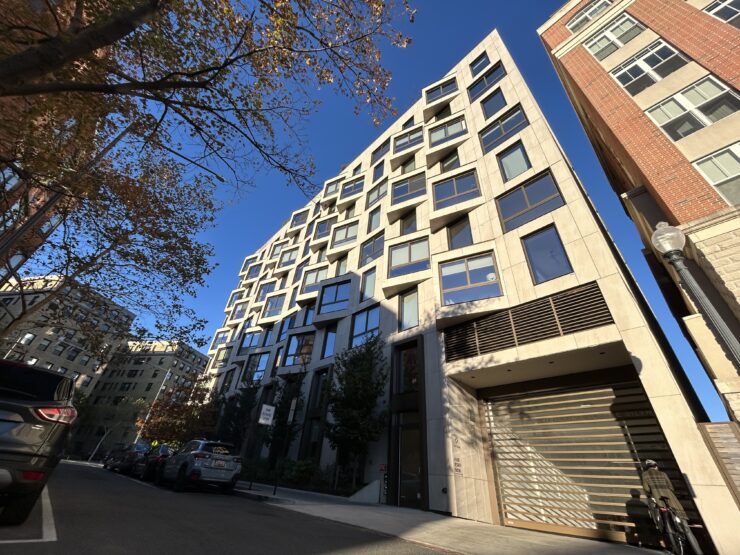
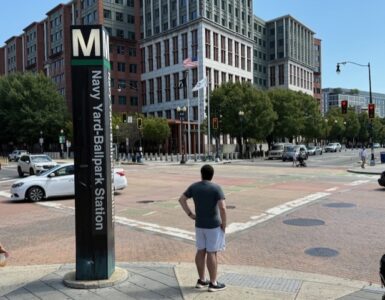

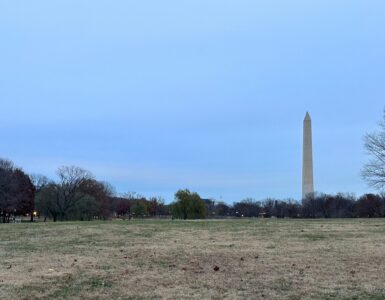










Add comment